In Search Of The Miraculous or One Thing Leads To Another
Milton Glaser’s latest book shows adaptation as a mechanism for learning

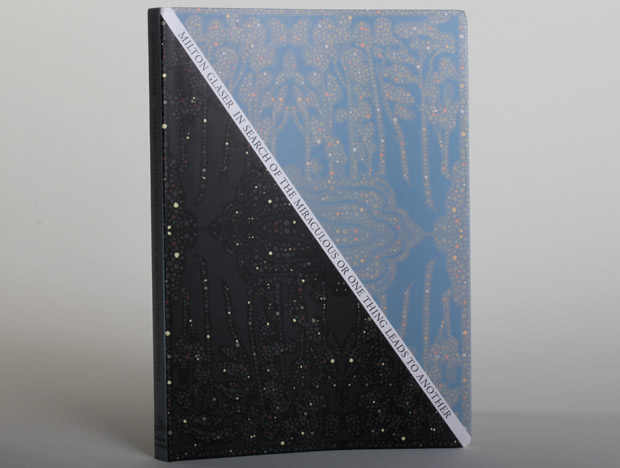
Over the past five years, the highly influential graphic designer Milton Glaser has designed rugs, sculptures, posters and interior spaces for a variety of independent projects. In the forthcoming book based on the 2010 AIGA exhibition of the same name, “In Search Of The Miraculous or One Thing Leads To Another“, Glaser shows how the concepts for these works relate to each other as a continuous evolution of ideas.
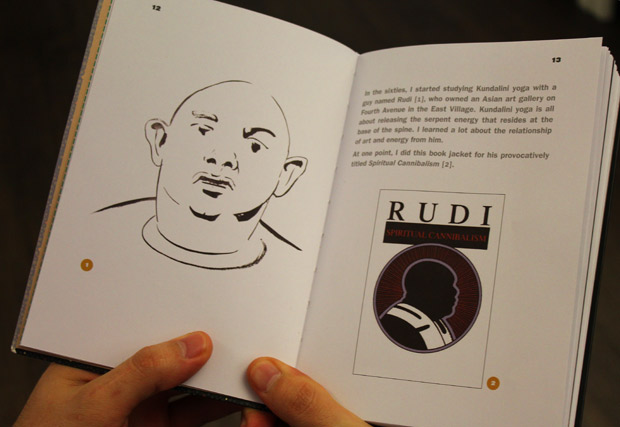
Glaser began studying Kundalini yoga in the 1960s from a spiritual leader named Rudi, who believed that your consciousness grows by layering past lives—whether that was the past life of yesterday or long ago. The cover art Glaser did for Rudi’s book, “Spiritual Cannibalism“, not only opens this book, but the guru’s teachings serve as a metaphor for the natural progression of Glaser’s work into new designs born from past ideas.
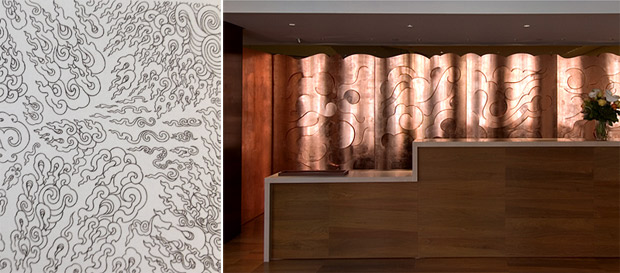
As design consultant Ralph Caplan explains in the foreword, you can see traces of the book jacket design for “Spiritual Cannibalism” in the identity of Glaser’s graphic design for NYC’s Tibet-focused Rubin Museum of Art in 2004. Glaser was asked to create interior works, including a series of patterned silkscreen prints and a massive gilded copper wall panel inspired by his drawings of Tibetan clouds. Glaser explains in the book that these projects inspired a new interest in pattern design—from there, the unexpected opportunity to make rugs based on the patterns gave new purpose to the work he was doing, eventually giving rise to several new poster designs, and an important study on light and dark.
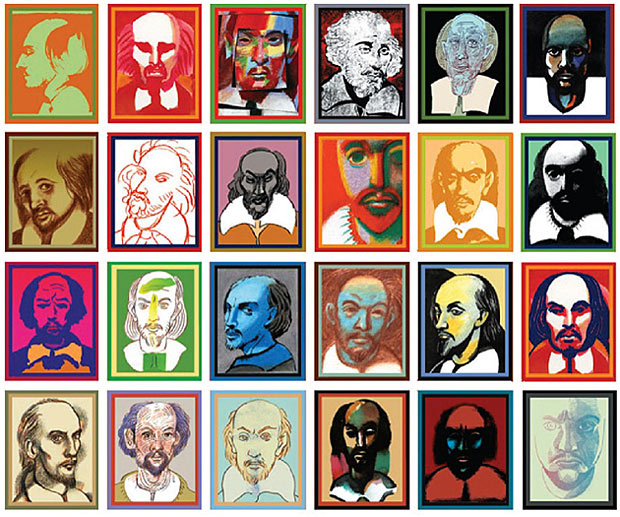
Another example of Glaser’s penchant for perpetual revision lies in his series of Shakespeare portraits created for the Theater for a New Audience. The various looks Glaser gives the legendary bard not only demonstrate his ability to see something from several different perspectives, but they also served as inspiration for the theater’s annual award, which is an iridescent bust sprayed with automotive paint that changes color depending on how you’re looking at it.
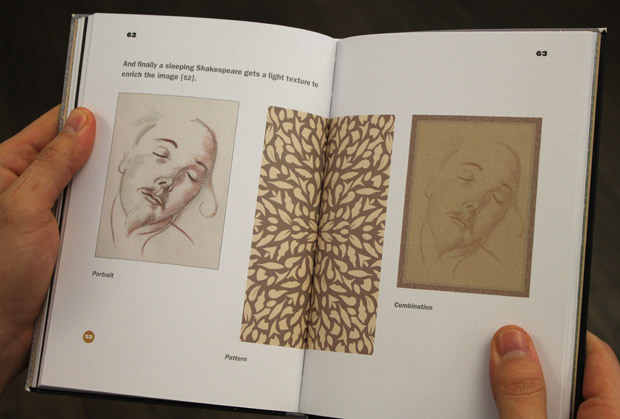
Glaser was once again inspired to experiment with patterns and portraits, which led him to develop a new series in which he explores the point where the image becomes visible through the pattern, like a more thoughtful and visually compelling version of Magic Eye posters.
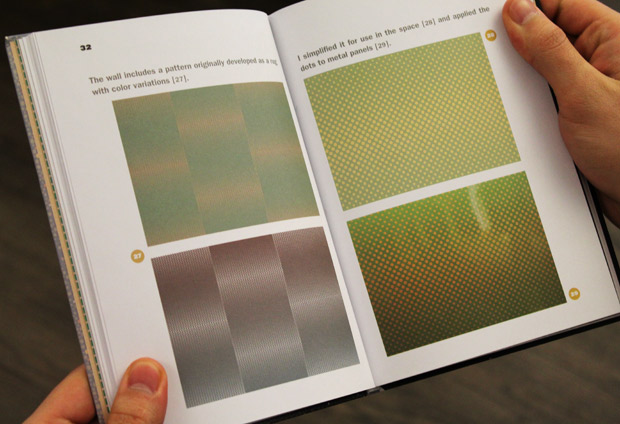
In an interview with Anna Carnick for her book “Design Voices“, Glaser neatly explains his process of refining and reflection. “The work itself becomes a mechanism for learning,” he says. “And that is the most highly desirable aspect of design or anything else for that matter.”
Glaser will be at Brooklyn’s powerHouse Arena for a discussion and book signing 16 February 2012. Pick up a copy there or pre-order from Amazon for $20.












